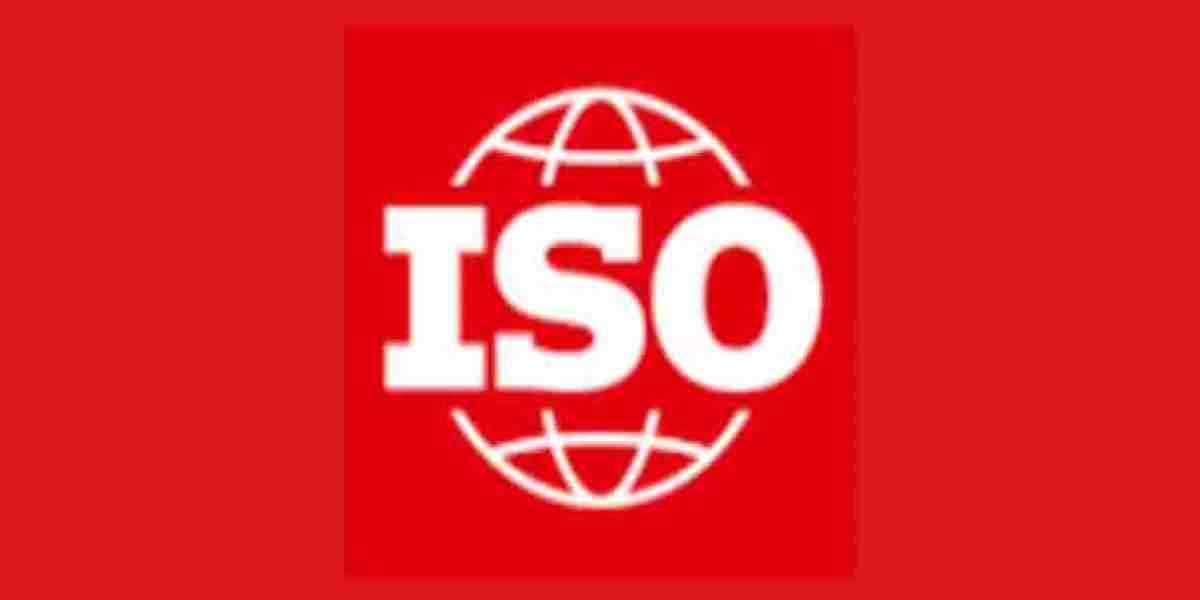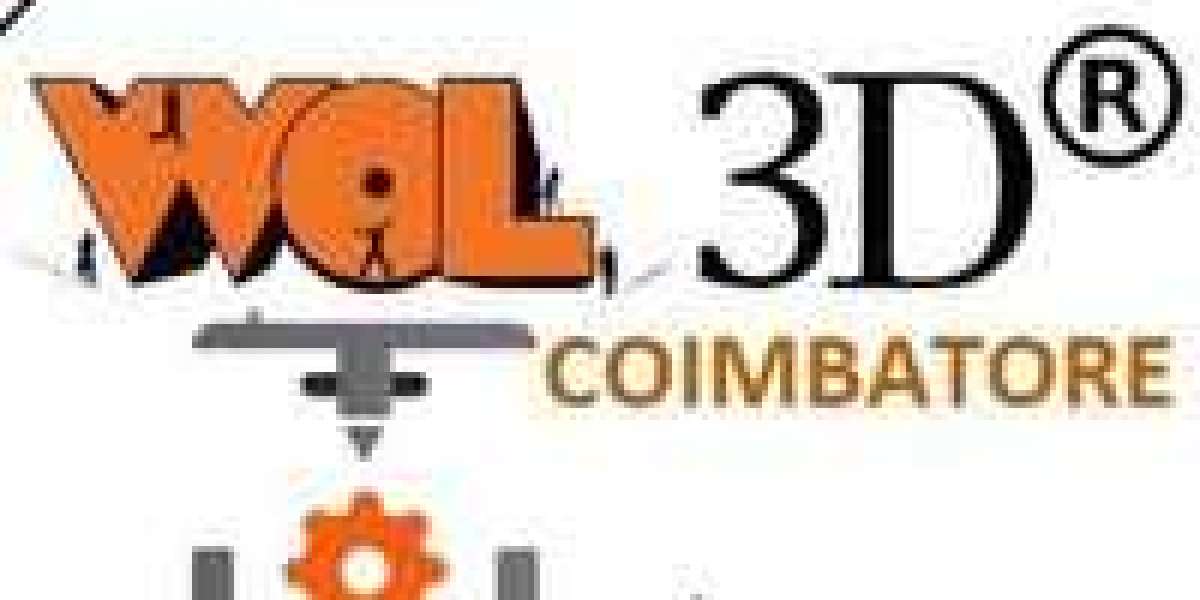I. Introduction
A. Definition of CE Certification
CE Certification, also known as the CE Mark, is a declaration by a manufacturer that their product complies with European Union (EU) safety, health, and environmental protection standards. It signifies that the product meets all regulatory requirements necessary to be marketed in the European Economic Area (EEA).
B. Importance of CE Marking in Global Markets
The CE mark is essential for manufacturers seeking to sell products in the EU. It not only ensures safety but also boosts consumer confidence and facilitates smoother market entry. Many other countries recognize CE Certification, making it an important international standard.
C. Overview of Industries Requiring CE Certification
CE marking applies to a wide range of industries, including medical devices, electronics, machinery, construction products, and toys. Products in these sectors must meet strict EU regulations to be legally sold in the European market.
II. Understanding CE Certification
A. What CE Certification Signifies
CE Certification indicates that a product conforms to European Union legislation, ensuring it meets minimum safety and quality standards. It does not imply the product is of high quality but confirms it meets basic health, safety, and environmental requirements.
B. Legal and Regulatory Framework in the EU
CE Certification is governed by a range of EU directives and regulations that specify the safety and environmental requirements for various products. These include directives such as the Machinery Directive, Toy Safety Directive, and Medical Devices Regulation.
C. Difference Between CE Certification and Other Certifications
Unlike ISO certifications or voluntary product certifications, CE marking is mandatory for products sold in the EU. While ISO certifications focus on the quality management systems of a company, CE marking focuses specifically on product compliance with EU regulations.
III. Products Requiring CE Certification
A. Categories of Products Covered Under CE Marking
CE Certification applies to a diverse range of products, including electrical appliances, personal protective equipment (PPE), pharmaceuticals, medical devices, machinery, and construction materials. Each category has its own set of regulatory requirements.
B. Key Directives Governing CE Certification
Several directives dictate the requirements for CE Certification. These include the Low Voltage Directive (LVD), the Electromagnetic Compatibility (EMC) Directive, and the Medical Device Regulation (MDR), among others. Each product category must meet the criteria outlined in these directives before it can be CE-marked.
C. Consequences of Non-Compliance
Failing to comply with CE Certification requirements can lead to significant consequences, including fines, product recalls, and market withdrawal. Manufacturers may also face legal action if their products cause harm due to non-compliance with safety regulations.
IV. CE Certification Process
A. Steps Involved in Obtaining CE Marking
The CE Certification process begins with determining the applicable regulations and directives for the product. Manufacturers must then conduct a risk assessment, develop technical documentation, and ensure compliance with required safety standards. The product may need to undergo testing.
B. Role of Notified Bodies in the Certification Process
For certain high-risk products, a Notified Body (NB) – an independent organization accredited by EU authorities – must assess the product’s conformity. Notified Bodies conduct testing, review technical documentation, and issue certificates of conformity where necessary.
C. Estimated Timeline for CE Compliance
The timeline for obtaining CE Certification can vary depending on the complexity of the product. For low-risk products, the process may take a few weeks, while high-risk products may require several months to complete all assessments and approvals.
V. Benefits of CE Certification
A. Access to the European Market
The CE mark is a passport for accessing the European market. Without CE Certification, a product cannot legally be sold in EU member states. Manufacturers gain automatic recognition within the EEA, making it easier to expand their business.
B. Improved Product Safety and Consumer Trust
CE Certification assures consumers that the product meets high safety and quality standards. It helps improve consumer confidence, knowing that the product has been assessed for compliance with European safety requirements.
C. Competitive Advantage for Businesses
CE Certification can serve as a competitive advantage in the market. Products with the CE mark are more likely to be trusted by consumers, and the certification can enhance the reputation of the business, leading to increased sales.
VI. CE Certification Requirements
A. Essential Documents Needed
To obtain CE Certification, manufacturers must prepare a technical file that includes detailed product specifications, risk assessments, test results, and design documentation. This file must be available for inspection by authorities and Notified Bodies.
B. Testing and Compliance Procedures
Depending on the product, testing may be required to ensure compliance with relevant safety standards. This could include testing for electrical safety, mechanical integrity, or chemical safety. Manufacturers must ensure their products meet all essential requirements before CE marking.
C. Role of Manufacturers and Suppliers in Compliance
Manufacturers are responsible for ensuring their products meet CE Certification requirements, which may involve working with suppliers to ensure that components also comply with EU standards. Manufacturers must also maintain ongoing compliance and keep records up to date.
VII. Cost of CE Certification
A. Factors Affecting CE Certification Costs
The cost of CE Certification depends on several factors, including the complexity of the product, the type of testing required, and whether a Notified Body is needed. High-risk products generally incur higher costs due to extensive testing and regulatory requirements.
B. Direct and Indirect Expenses in Certification
Direct expenses include testing, consulting fees, and the cost of the Notified Body’s services. Indirect expenses may involve changes to product design, documentation preparation, and administrative costs related to maintaining compliance.
C. Cost vs. Value of CE Marking
While obtaining CE Certification can be costly, the benefits of market access, consumer trust, and regulatory compliance outweigh the expenses. For businesses aiming to enter the European market, CE marking is an essential investment.
VIII. Conclusion
A. Summary of Key Points on CE Certification
CE Certification is a crucial process for manufacturers looking to sell products in the EU and other global markets. It ensures compliance with safety, health, and environmental standards, making it essential for market access and consumer trust.
B. Why Businesses Should Prioritize CE Compliance
Businesses that prioritize CE compliance can tap into the European market with confidence, knowing their products meet stringent regulations. It also enhances product safety, boosts consumer confidence, and provides a competitive edge.
C. Final Thoughts on the Role of CE Marking in Global Trade
CE Certification is more than just a regulatory requirement; it’s an essential component of global trade. As international markets grow, CE marking will continue to play a pivotal role in helping businesses succeed across borders.








